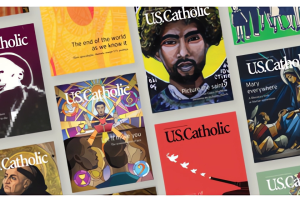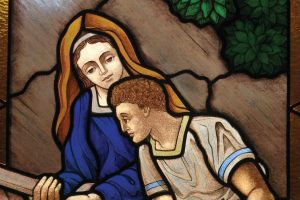A study released this week from the Robin Hood Foundation and Columbia University’s Population Research Center has showed that in New York City, many more people have experienced poverty than those listed below the official government poverty line.
From the report: “The official poverty estimate for New York City, at about 21%, is well-known. It’s also wrong. In fact, we have found that 23% of New Yorkers were in poverty in 2012, meaning they lacked money to cover their food, clothing, and housing needs; 37% were affected by severe material hardship; and 23% were in poor health. Our survey suggests that more than half of New York City residents struggled in at least one of these areas at some point during 2012.”
Besides looking merely at income levels, the report gathered information about the amount of food people were able to purchase, whether income covered rent or mortgage, if it became necessary to move in with friends or into a shelter, whether utilities were able to be covered, and if any necessary medical care was delayed due to cost.
Poverty is complex and can’t be understood just by looking at a line drawn on a chart of income. (Plus, even using supplemental numbers to adjust for things like geographic location, it still seems pretty laughable to suggest that a family of four could live on $32,516 in New York City.) For many people who live above “the line,” all it can take is one unexpected expense or introduction of instability to experience crisis.
While it’s nice to know that people are beginning to take a more holistic view at studying economic hardship, this needs to met with an equally holistic attempt to address many of the root issues that can cause poverty.











